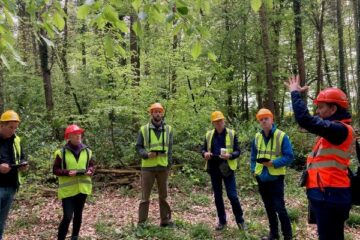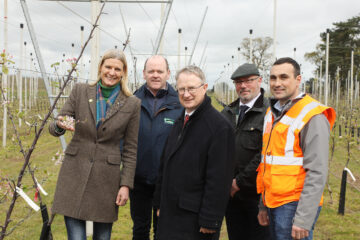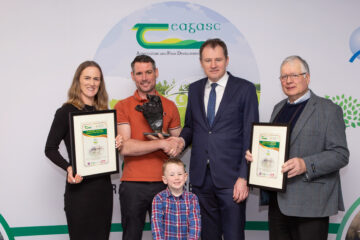On this week’s podcast, we had the pleasure of speaking with Dr. John McNamara, Health and Safety Specialist with Teagasc, about safety on the farm.
John is based at the leading Teagasc college, Kildalton College, where his role is to conduct research with colleagues, lead their knowledge transfer programs, provide training and advice to farmers, and work to promote farm safety. With over 30 years of experience in the sector, John is at the forefront of farm safety best practices in Ireland.
Teagasc is the national body providing integrated research, advisory and training services to the agriculture and food industry and rural communities. Since its establishment in 1998, the organisation has been working in the interests of farmers across the country to ensure the continued growth of agriculture in Ireland.
In this podcast hosted by our Farm Safely CEO Máirtín Breathnach, John discusses the key findings of the recent National Farm Survey, carried out by Teagasc, and what actions can be taken to improve farm safety as a result of this research.
John highlights how the farmers themselves are at most risk of having accidents on the farm. This is because of the heightened risk that they take on in the daily tasks around the farm, especially for livestock farmers. Although many injuries are not serious, John stresses the need to take these matters seriously as the consequences can be severe.
Furthermore, John discusses the recent Government committment to funding farm simulators for educational purposes. These machines will allow for proper training and education to be carried out, without any risk being involved.
To find our more about Teagasc, please see their website. Click here to listen to the podcast on Spotify and here to listen on Soundcloud. Subsribe for more podcasts with industry representatives throughout Ireland and be sure to follow us on Twitter, LinkedIn, and Facebook for the latest news that encourages farming safely by highlighting best practices.



